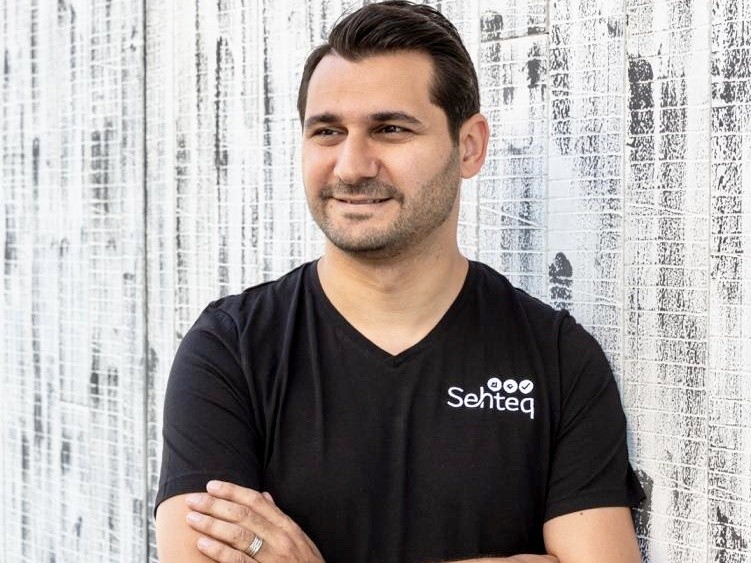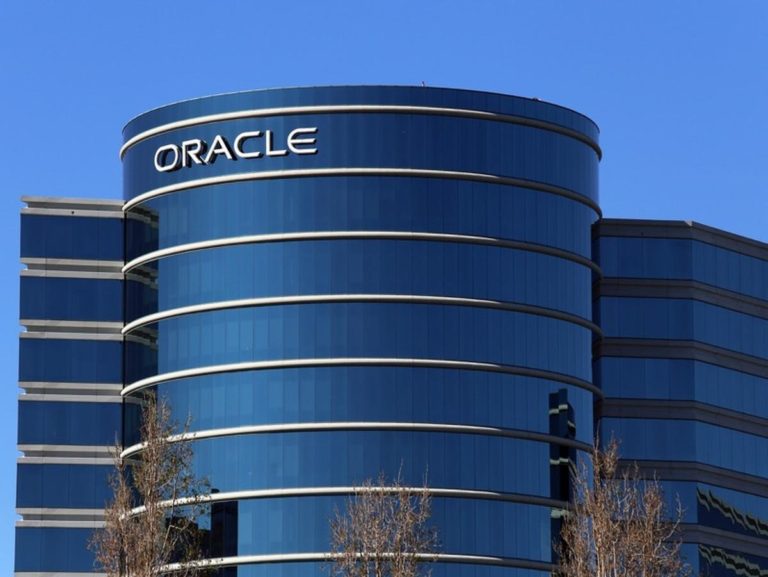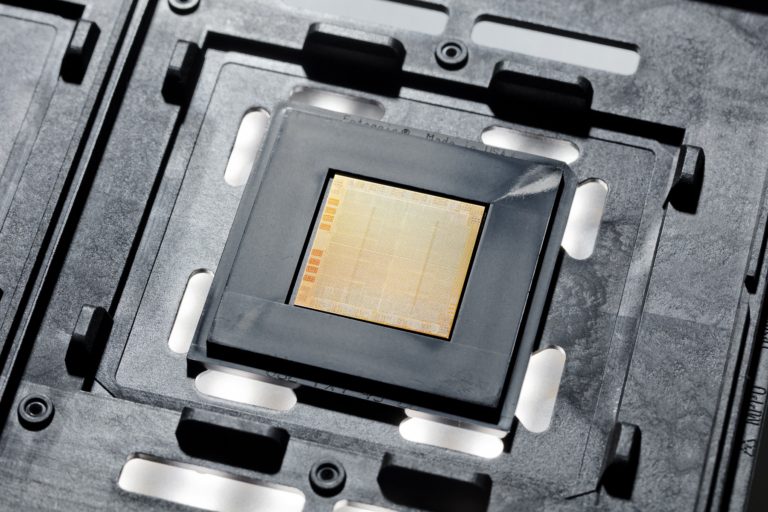- Telco planning several trials, outside of the UAE, to evaluate Open RAN model under different use cases and network configurations.
- Open RAN to bring in diversification of RAN infrastructure ecosystem.
- The ORAN ecosystem needs some time to mature and for network operators to adjust their operational model to adopt this new model.
Dubai: Etisalat aims to gradually expand the rollout of Open vRAN across the UAE to take full advantage of all the benefits this new technology offers, its Chief Technology Officer said.
The UAE-based telecom operator was the first in the Middle East to launch an open virtual Radio Access Network (Open vRAN) in January this year.
Etisalat, in partnership with Alitostar, NEC, Cisco and others, has successfully launched the vRAN network in the Middle East and Africa in January this year and has tied up with Parallel Wireless in February for O-RAN trials in the region.
Etisalat operates in 16 markets across the Middle East, Africa and Asia.
In an interview with TechChannel News, Hatem Bamatraf, Chief Technology Officer at Etisalat International, said that it has planned several trials, outside of the UAE, to evaluate the Open RAN model under different use cases and network configurations.
Open RAN combines the concepts of open interfaces and virtualisation (hardware and software disaggregation) for improved operational efficiencies and expanded RAN ecosystem.
Currently, the RAN market is dominated by Nokia, Ericsson and Huawei and uses proprietary software and hardware components tightly coupled to create a vendor lock-in for telcos.
Bamatraf said that Open Radio Access Network, Open RAN or O-RAN, is a paradigm shift from how telecom operators are deploying cellular networks today.
Not only it mandates a drastic change in network architecture but also requires moving from a hardware-centric network deployment and operation model to a “software-centric approach”.
However, he said the long-term goal for Open RAN is to reduce “total cost of ownership, bring more innovation and scale network deployments with service requirements”.
“These goals are particularly important for 5G deployments to adequately exploit the full 5G opportunity and address 5G network densification needs. 5G has a very challenging range of quality of service requirements to address various applications, verticals and devices,” he said.
New players to boost ecosystem
To address these requirements, in many cases, he said that they have to bring the network closer to the user to be able to support applications that demand extreme throughput and much lower latency.
For example, he said take the case for autonomous driving cars application.
“This network densification brings challenges in cost, operations and user-data management. Open RAN can potentially address these challenges by separating the operations from user-data management functions (control plane and user plane separation) and disaggregating the hardware and software on network equipment,” he said.
Moreover, he said that more players will enter with innovative solutions to participate in the 5G ecosystem by allowing them to focus on developing solutions under their core competencies, rather than having to develop end-to-end monolithic RAN solutions.
Although Open RAN has big upside potential, he said the ecosystem needs “some time to mature” and for network operators to adjust their operational model to adopt this new model.
“Diversification of RAN infrastructure ecosystem is one important advantage of Open RAN. It will allow mix-and-match of network components among a wider pool of vendors. The issues we are facing in evolving our networks towards 5G are much deeper than monopoly.
“We have the challenge of building a network that is flexible, scalable and open to address the future vision of 5G and be profitable at the same time. Delivering on the true 5G promise requires a collaboration of a large number of players in the telecom industry and outside telecom,” he said.
5G should never be a closed network
To allow players to bring in their innovation and vision to fruition, he said that 5G networks have to be “open platforms rather than closed monolithic end-to-end networks. Consequently, 5G networks will be much more agile to meet business objectives.”
Even though telcos across the globe are thinking about ORAN and its advantages, it also has many challenges to overcome.
The success of Open RAN lies primarily on having well defined open interfaces among different network elements or nodes. Different standardisation bodies (3GPP, O-RAN Alliance, Small Cell Forum, etc.) are working on defining these open interfaces.
“This in itself can create a problem of overlap and interoperability. Adding to it the increasing number of solution providers, each focusing on some elements of the overall solution, the issues of interoperability and system integration become very prominent. There is a cross-industry effort to address the interoperability problem led by TIP (Telecom Infra Project),” Bamatraf said.
However, he said that these efforts will take some time as standardisation gets finalised and more solution providers participate in the ecosystem while the other issue is the feature parity with existing incumbent solutions.
Because Open RAN ecosystem is still nascent, he said that network features are still limited and do not match some of the advanced features offered by current vertical infrastructure providers. “There are reasonable expectations that this feature gap will narrow as the Open RAN ecosystem matures, but again this will take some time and R&D investments. There is also a lot to do from the operator’s side as well,” he said.
Moreover, he said that a change in mindset is needed to move from a turnkey monolithic solution to an “À la carte” mix-and-match model.
New skillsets needed
“New skillsets are needed to develop new network architecture that will ultimately be cloud-based, to deal with end to end system integration issues and to manage software onboarding and orchestration. Also, it requires modifications to procurement and operation models,” Bamatraf said.
Increasing the TCO (total cost of ownership), he said can be the main challenge of implementing Open RAN commercially, due to the potential of adding many solution/product/service providers in the network and reducing the size of commercial deals with each provider which will negatively impact the economy of scale.
“The TCO can increase as well due to the extra efforts needed to manage the new service providers and having many parties involved in building and operating a network. Operators who are more agile and can address these challenges are better positioned to take advantage of Open RAN benefits,” he said.
Security is another key issue, he said and it has to be addressed from a holistic approach, ensuring vulnerabilities are addressed at all stages of the software lifecycle – from design to implementation to operation.
“Some well-established methodologies and procedures are currently used by the IT industry that can be adopted by open networks. IT Security solution providers have well-established solutions to address problems within the software and virtualisation space that can be used in Open RAN networks,” Bamatraf said.
Several industry associations such as the GSMA and ETSI NFV have published network security guidelines. Addressing network security is an evolving process and part of the day-to-day activities of network operators.
“Open RAN will increase the complexity but can be managed within each operator’s security framework,” he said.
Open RAN will take time to mature
Bamatraf said that Open RAN can offer a path to speed the rollout of 5G under the conditions of either Greenfield 5G/4G network deployment or a 5G standalone (SA) layer on top of an existing network.
Under these conditions, he said an operator can take full advantage of the cloud-native 5G architecture without the need to integrate with existing networks.
“Unfortunately, this is not the case with the majority of networks globally. Because of many reasons, most of the initial 5G deployments are in Non-Standalone (NSA) mode, which relies heavily on the LTE networks to provide coverage and control functions to the 5G nodes,” he said.
Also, having 2G and 3G, as part of the network, he said further complicates the integration of Open RAN nodes with legacy networks.
For these reasons, he said that initial Open RAN 5G deployments will be better suited for specific use cases such as indoor small cells, private networks or public network expansion to new areas.
“Operators who can wait to deploy 5G for a couple of years may have a better chance to take advantage of 5G Open RAN, especially if they can shut down their 2G or/and 3G networks and re-farm some of the lower bands spectrum to 5G,” he said.
At its current state, he said that there is no advantage for Open RAN infrastructure to replace existing commercial networks.
“There is still a long way to go in terms of proving the performance, operating model and cost advantage of Open RAN. The introduction of Open RAN to current networks will be gradual and controlled to maintain at least the same level of quality of service that customers enjoy today,” he said.











